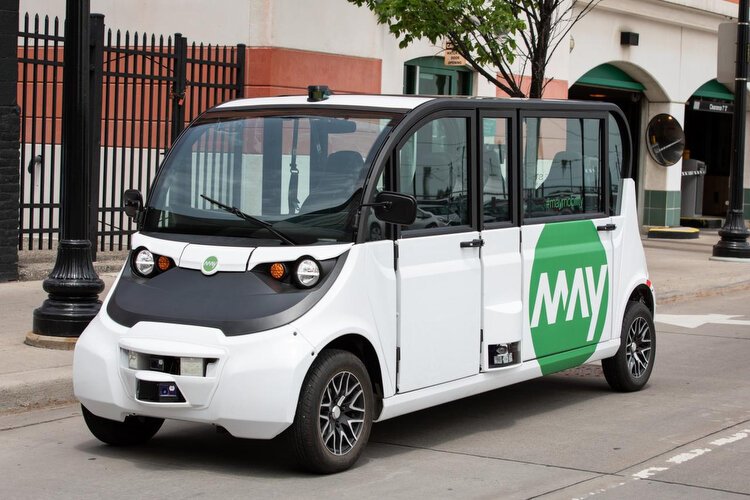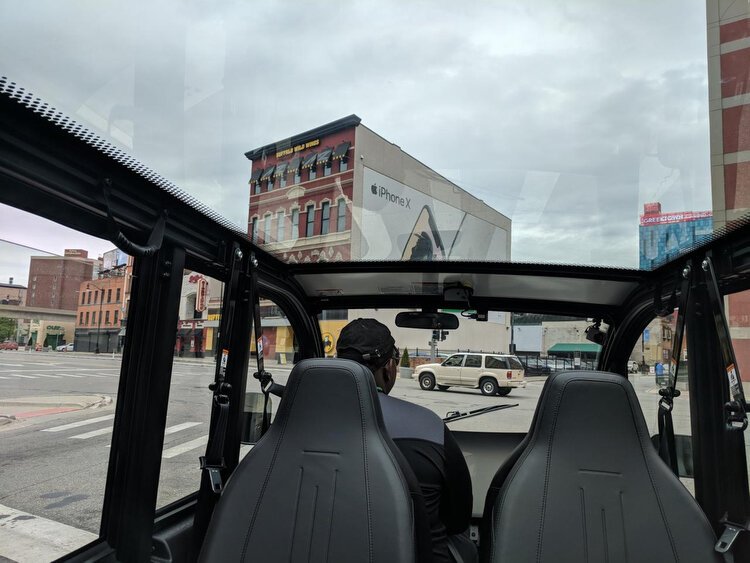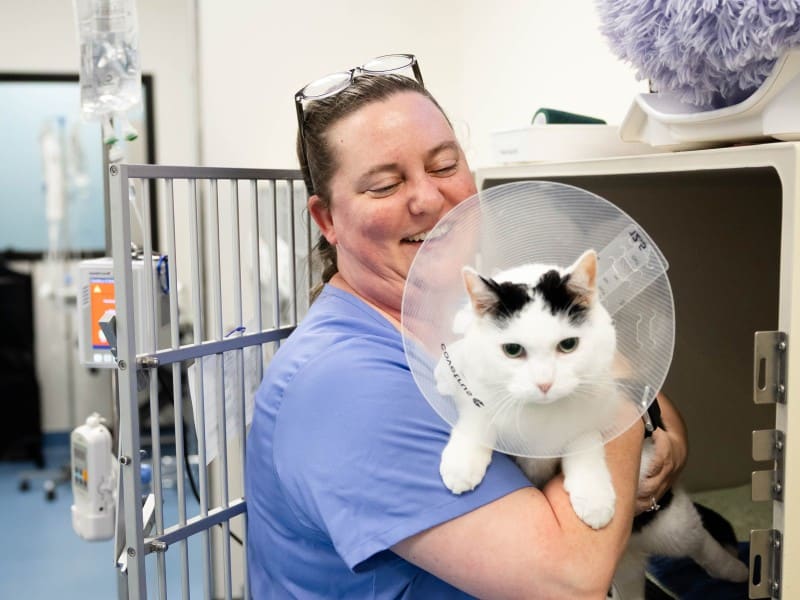Autonomous Vehicle Initiative changing the way we view public transportation
Over the next year, until July 2020, the Grand Rapids Autonomous Vehicle Initiative (AVGR) has partnered with May Mobility, a company working towards safe and reliable transportation, to pilot a test study of self-driving public transportation.
Over the next year, until July 2020, the Grand Rapids Autonomous Vehicle Initiative (AVGR) has partnered with May Mobility, a company working towards safe and reliable transportation, to pilot a test study of self-driving public transportation. The AV currently runs along the DASH West route –– a route familiar to those who use public transportation.
More so, the AV runs downtown due to the visibility by its residents, employers and employees, and visitors. Individuals are encouraged to ride the fleet as a means of gathering feedback on how it can best serve the community in the future, compared to the Rapid or the DASH.
The AV is open to the public Tuesday through Friday, 7 a.m. to 7 p.m. and Saturdays from 10 a.m. to 7 p.m.
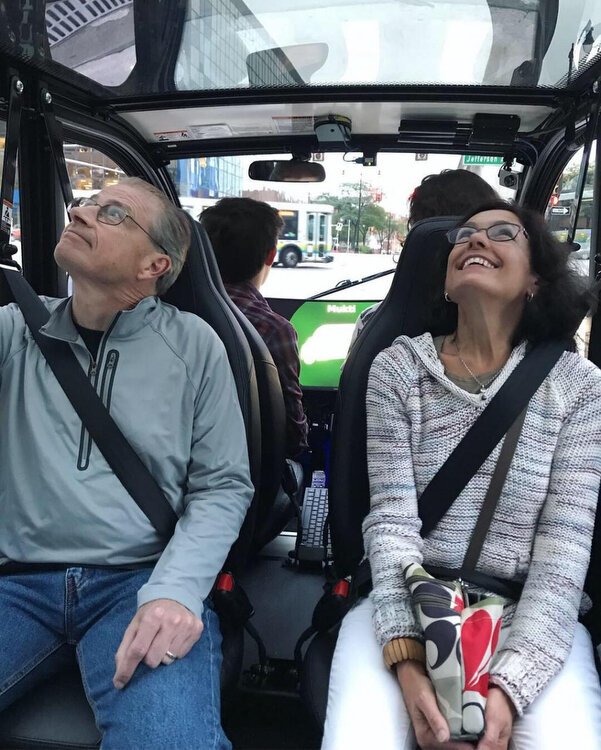
“One of the things we’re going to be intently looking at is, with the recently completed phase and strategic plan of May Mobility, bringing better services to the neighborhoods of focus,” says Mobile GR Director Josh Naramore.
Naramore says they are examining the quality of transportation in the Southeast and Southwest parts of Grand Rapids, where high rates of unemployment and low rates of wage and job growth exist.
“This is a critically important demonstration project,” says Naramore, who identifies that the major question for this type of transportation is: “Could this serve as a viable replacement for people from the Southeast portion of the unemployment areas that are not too far away?”
“Sometimes it’s easy to serve people on a major street, but getting them off that major street to an industrial park or to a manufacturing business is more difficult,” he adds.
Additionally, from a technical aspect, AVGR is taking notes on how the automated fleet responds to changes on the route in real-time. For example, if there is a lane closure due to construction or large, public events that cause certain streets to be blocked off, the fleet has a responsibility to modify its route for passengers –– a task that is quite difficult to put into practice.
“I think we’re a really long way –– further out –– than what people think from having a fully autonomous vehicle,” says Naramore. However, he adds that AVGR will assist in exploring how to implement autonomous transportation methods in an urban environment without negatively impacting the city.
Despite the challenges that come with piloting this technology — predominantly addressing how it impacts civic infrastructure — choosing Grand Rapids as a testing ground for AV was an important decision, because it fosters a culture open to change.
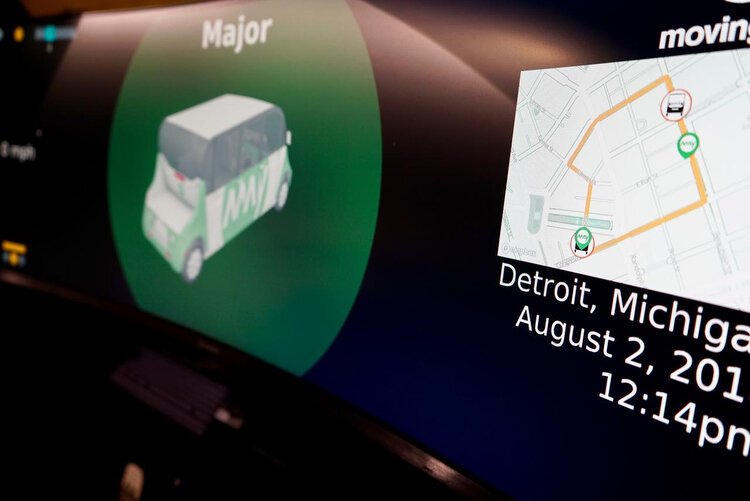
“We’re hoping that this will build a little bit more momentum locally for having companies that want to do that type of work here, that can provide more access to jobs, and just more outside support,” says Naramore.
Other cities, such as Detroit and Providence, are participating in similar initiatives under different regulations.
Detroit’s AV is funded by Bedrock Ventures, and provides the service privately for its employees. Providence uses its AV to serve students and employees on their medical campus.
Because the AVGR travels on existing public transportation routes, the initiative is using the opportunity to learn how this mode of transportation benefits individuals, as opposed to other cities, where they are still gaining ridership.
“So far, the feedback has been very positive –– a lot of people just [expressing] this is kind of neat, to touch and feel,” says Naramore. “A lot of people read about it, but if you don’t actually get to experience it and see it, how can you really know what it’s all about?”
Photos courtesy AVGR.

